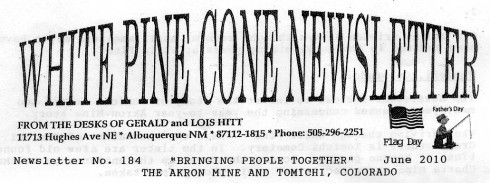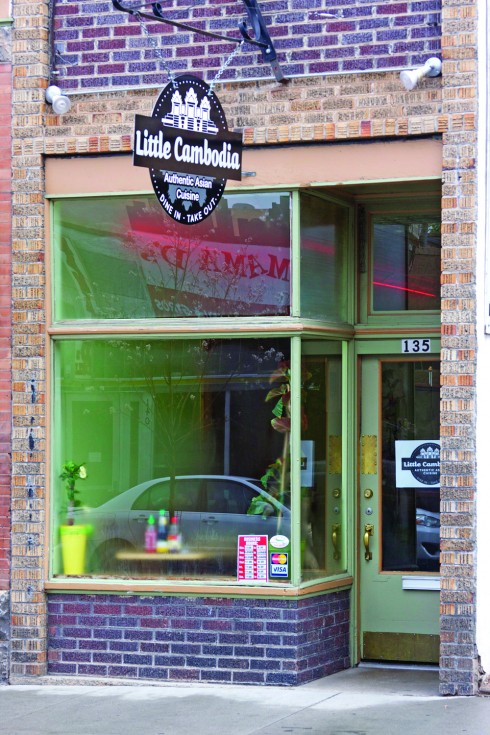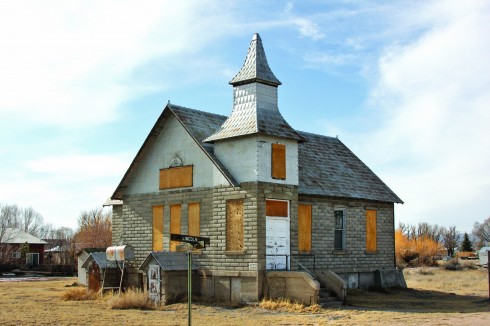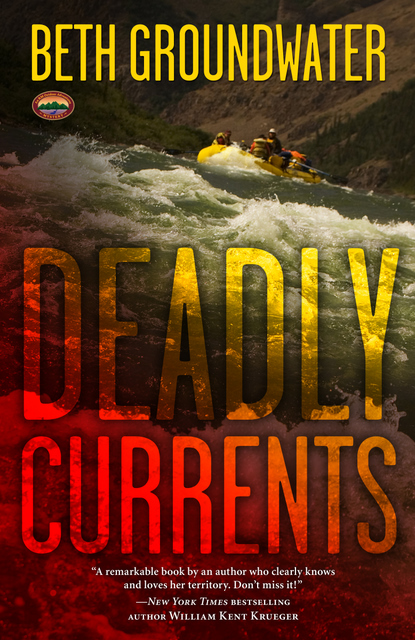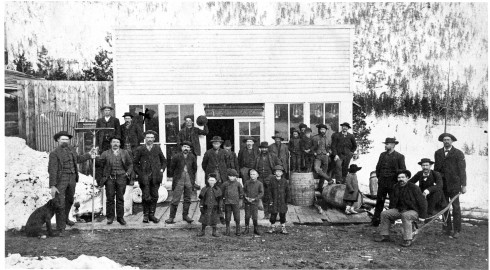By Nathan Ward
Whistle shrieked, rubber squeaked, eyes flared, arms pistoned and two “jammers” sprinted each other toward an imposing wall of women decked out in pads, helmets and grim looks. A shuck, a jive, a dip to the left, and a fast woman jammer named “Pain in the Bass” burst through the wall, skates smoking as she circled the track. She burned through the group of women again, narrowly avoiding loose elbows, blinding lipstick and debilitating hip checks. She was off again, scoring points at will. It was a run-away.
The Ark Valley High Rollers (AVHR) is the Upper Arkansas Valley flat-track women’s roller derby team, and they are a force to be reckoned with. Drawing on a derby tradition in America that dates back to the late 1800s, women’s derby has been born, died and reborn through the decades in one form or another – six-day endurance races, 24-hour skate-offs, glam rock and big hair, and finally to its punk-tinged, pseudonym-strewn version today.


